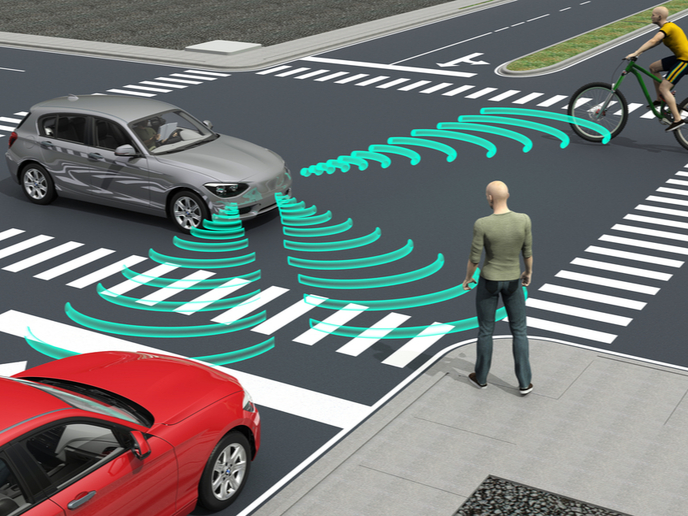Better understanding of human factors for safer automated driving
We can all experience first-hand how congestion and pollution have grown to become one of the most prominent challenges facing our cities. And whilst highly automated driving (HAD) is usually presented as one of the most effective ways to tackle these issues, there are many questions to answer before driverless cars can be trusted on a large scale. Funding under the HFAUTO project has enabled Dr Riender Happee and his team to make more sense of this complex matter. Together, they aimed to determine how human machine interfaces (HMIs) should be designed; identify the best ways for automation to understand the driver’s status and intentions; shed light on HAD’s impact on accident risk and transport efficiency; and, finally, investigate legal aspects of accidents involving HAD cars. “We took a safety first approach,” Dr Happee, researcher at the TU Delft’s Departments of Cognitive Robotics and Transport & Planning, explains. “Through our research, we provide insight into the human ability to resume control after using automation. Such knowledge can be used to design future automation technology, so that automation design is not just technically safe, but also feels safe and comfortable to drivers as they take their eyes off the road and use the driving time for work or leisure activities.” One of the initial project findings was that a driver who has entrusted their car to take care of the driving, needs about 10 seconds to transition from automated to manual driving. These 10 seconds correspond to the time it takes to evaluate how many other road users are around. Estimating their relative speed takes even more time. Having established this, the team tried to identify HMIs that could overcome the problem. They started by using augmented reality to support users of automation in their take-over requests. “Traditional HMIs use sound and often visual information. We added seat vibration and thus created an interface using 3 modalities. Results indicate that sound and vibration are effective to quickly gain the attention of the driver while visuals can effectively provide guidance,” Dr Happee explains. On the driver state monitoring (DSM) front, the team highlighted the technical limitations of current technologies. They found eye-tracking to be promising both in the lab and in quasi-realistic, on-road experiments. They successfully simulated drivers’ visual scanning, decision-making and behaviours using the COSMODRIVE driving model. This focus on real-world observations was at the heart of the project. A driver behaviour model was developed, taking into account variances between drivers, and methods were developed to assess attention and workload using event-related potentials (ERPs) in brain activity. While many of the project’s results are positive, the team points to lane changes involving other users as an important barrier to commercialisation. Before SAE level 4 cars get take over our roads, solutions to minimize this risk will have to be found. “All in all, our experiments in driving simulators and on-road vehicles provided detailed insights in the human interaction with various automation levels ranging from adaptive cruise control to highly automated driving with the eyes off the road,” Dr Happee says. “We hope that the outcomes of HFAUTO, along with the roadmap for market introduction that we developed, will be instrumental in future research and development.” Over the next months, HFAUTO will continue through the partnerships it has sealed at industrial level with the likes of BMW, Volvo, Jaguar, Continental and TNO. The 13 young researchers trained under the project were granted internships at these partner companies.







